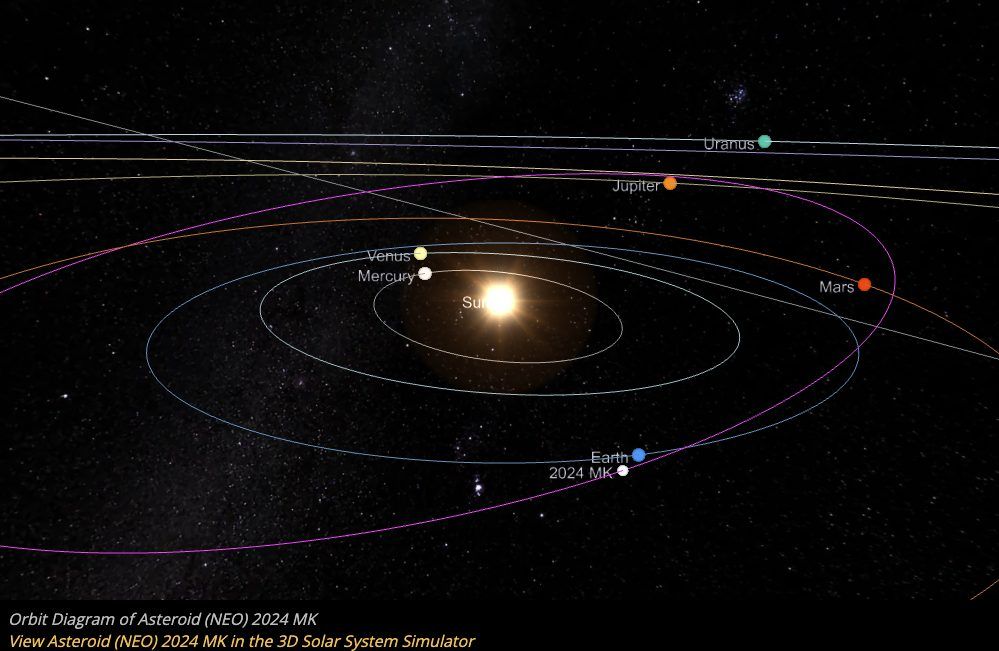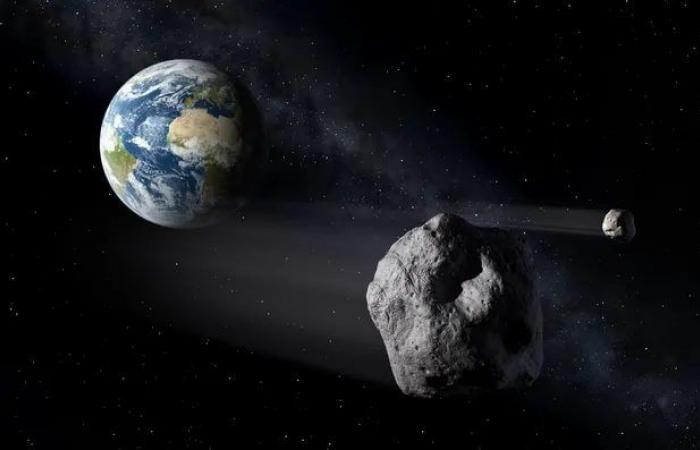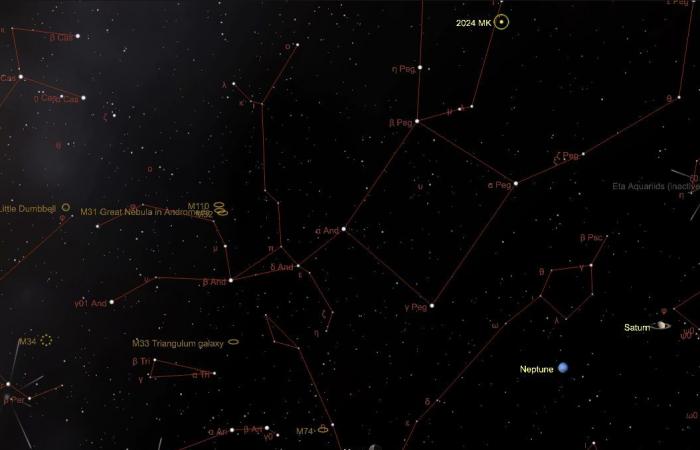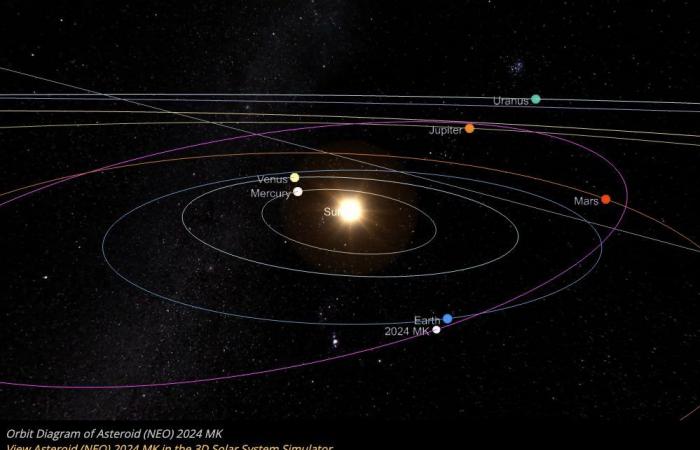The June 27 and the June 29, 2024a few days afterAsteroid Day which falls every year on June 30, two asteroids classified as “potentially dangerous” (Potentially Hazardous Asteroidsor PHA) will reach the point of maximum proximity to the Earth: we are talking about 2011 UL21 And 2024 MKrespectively a 6.6 million km And 295,000 km from our planet. There will therefore be no danger for us, but the fact that the “double passage” will take place in conjunction with Asteroid Day is a reason to raise public awareness of the potential risks associated with the impact with the Earth by minor bodies of the Solar System. The date of June 30 for Asteroid Day was in fact chosen to mark the anniversary of the Tunguska event, the most violent encounter with a minor body in the recent history of our planet.
Asteroids 2011 UL21 and 2024 MK: how and when to observe them
For the observation of 2011 UL2021, as well as for all the technical information concerning it, please refer to our dedicated article.
As for 2024 MK, however, its orbital inclination causes it comes from below the ecliptic, therefore, as in the case of 2021 UL21, until the point of closest approach on 29 June 2024 it will not be visible from the northern hemisphere, and therefore from Italy. Also making it impossible to see the closest approach is the fact that it will take place during the day, at 3.41pm Italian time. Residents of the Southern Hemisphere will be able to observe 2024 MK at closest approach 295,000 km when it will have a magnitude of +8.5therefore not visible to the naked eye.
From Italy, 2024 MK will be observable starting from the night between 29 and 30 June. It rises around 9:00 pm in an east direction in the Pegasus constellation and moves during the night within this constellation in the direction of the Andromeda galaxy. During the night, the asteroid reaches the maximum height on the horizon of approximately 75° in direction south at about 5:00 in the morningand then disappears from sight in the light of dawn.
Given its small size, the asteroid has a very low brightnessapproximately magnitude +10.6 at the beginning of the night between June 29th and 30th, to increase until +12 at the end of the night. These values are such that the asteroid it is absolutely not visible to the naked eyeTo be able to observe it, at least one is needed small telescope 15-20 cm in diameter. The additional challenge in observing this object lies in the fact that being so close to Earth, it it moves very fast in the sky compared to the background of the fixed stars, so in order to photograph it you need to arm yourself with a star trackerthat is, an object that allows the telescope or acquisition camera to move following the motion of celestial objects.
2011 UL21with a diameter of approximately 2.5kmwill reach its minimum distance from Earth on June 27, 2024 at 10.16 pm Italian timewhen he finds himself “alone” 6.6 million km from Earth, about 17 times the average Earth-Moon distance. The asteroid 2024 MKhowever, is smaller, with a diameter that according to the latest estimates is only 150-200 meters. However, it will be the one that passes through of the two closer to Earth, with a minimum distance of 295,000 kmwhich will reach the June 29, 2024 at 3:41 pm Italian time.
Unfortunately, at the point of closest approach they will only be visible from the southern hemisphere, and then become visible at our latitudes only 1-2 days later. Both are too weak in order to be observed a eye naked, but they need at least one telescope 15-20 cm in diameter.
What we know about 2024 MK
Asteroid 2024 MK was discovered on June 16, 2024 by Atlas telescope networka joint project between the University of Hawaii and NASA that involves using telescopes in various parts of the globe to continuously scan the sky for potentially dangerous asteroids. Having only recently been discovered, there is much uncertainty regarding its physical properties. It is believed to have a diameter of approximately 150-200 meterswith a rotation period around the Sun by approx 3.3 years.

2024 MK is an asteroid moving on aApollo-type orbit, i.e. characterized by having the semi-major axis greater than 1 astronomical unit (the astronomical unit is the average Earth-Sun distance, equal to approximately 150 million km) and the perihelion less than 1 astronomical unit when the Earth is in aphelion. In particular 2024 MK has a semimajor axis of its elliptical orbit approximately 2.2 astronomical units. Its orbit is also inclined to the ecliptic (the Earth-Sun orbital plane) by approximately 8th. 2024 MK will reach its minimum distance from Earth, approximately 295,000 kmsmaller than the distance between the Earth and the Moon, the June 29, 2024 at 3.41pm Italian time.
Why they are considered “potentially dangerous”
Asteroids 2011 UL21 And 2024 MK belong to the category of Potentially Hazardous Asteroids because they have larger dimensions than 140 meters and they pass less than 7.5 million km from the earth. This is in fact the technical definition for which an asteroid can constitute a risk. Warning: “risk” here means not necessarily an imminent danger but a possibility that these celestial bodies may in the future, perhaps a distant one, enter a collision course with our planet. These two asteroids therefore represent precisely the type of object targeted by the Asteroid Day awareness campaign.








